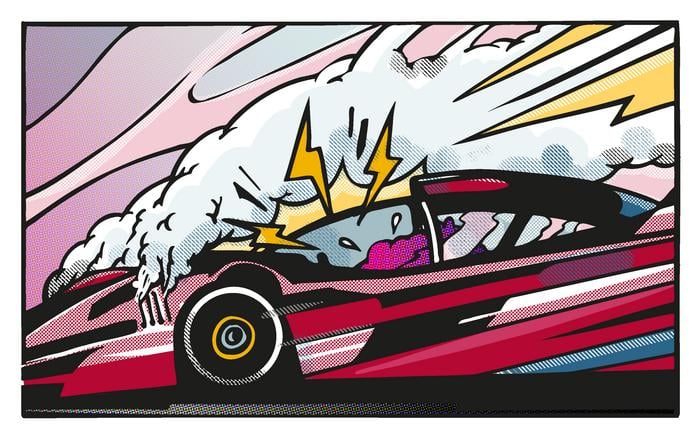In the fight against cancer, the prevailing approach has been to inhibit the processes that allow cancer cells to divide rapidly. However, this strategy often leads to cancer cells developing workarounds, rendering the tumor unresponsive to treatment.
Matheus dos Santos Dias, a researcher, is taking a completely different approach – one that might seem counterintuitive at first. “We’re going against the prevailing view that you can only fight cancer cells by inhibiting them,” he explains. “But we had strong evidence that it also works if you overstimulate and exhaust them.”
The idea behind Dias’ approach is to find a drug that stimulates cancer cells, as well as a partner drug that can then finish the job. By doing so, he aims to upset the balance in cancer cells to the point where they can no longer save themselves.
“Compare it to the engine of a racing car: if you crank up the RPM and then turn off the cooling, it’s bound to crash. This is exactly what we are trying to do with the drugs,” Dias says.
Finding the right drugs for this “paradoxical approach” was no easy task. “Activating drugs are not that common, almost everyone makes inhibitors. But we did find one we could work with,” Dias explains. That drug acts on the protein PP2A, and the researchers then found a WEE1 inhibitor to be the best partner.
Surprisingly, the combination of these drugs has shown promising results in cancer cells and mice with patient tumors, with manageable side effects. “This obviously does not mean it will not have side effects in humans. But we suspect that normal cells can defend themselves against this activation much better than cancer cells, which of themselves are already in a higher gear,” Dias says.
Another unexpected finding was that when cancer cells become resistant to the treatment, they actually seem less malignant – they grow less quickly or not at all. “Resistance is a huge problem with existing treatments: cells no longer respond and usually become even more aggressive than they already were. So we also looked at what happens when cells stop responding to our treatment. Surprisingly, resistant cells actually seemed less malignant,” Dias explains.
Neeltje Steeghs, an internist-oncologist who heads the Clinical Research Unit at the Netherlands Cancer Institute, acknowledges the potential of this approach, but also the uncertainties. “I don’t know whether this new combination will work in patients. The reality is that many of these kinds of early studies are not successful. But the current treatments doctors have access to did start there as well.”
Despite the initial skepticism from some colleagues, Dias is encouraged by the growing support for his “paradoxical approach.” He hopes that other labs will now also start testing this concept, including with other drugs.
“Scientifically, the concept is hard to refute. I hope that other labs will now also start testing this paradoxical approach, including other drugs as well,” Dias says.
This unconventional approach to cancer treatment could open up new avenues for researchers and clinicians, potentially overcoming the obstacles posed by drug resistance and more aggressive cancer cells.
If our reporting has informed or inspired you, please consider making a donation. Every contribution, no matter the size, empowers us to continue delivering accurate, engaging, and trustworthy science and medical news. Independent journalism requires time, effort, and resources—your support ensures we can keep uncovering the stories that matter most to you.
Join us in making knowledge accessible and impactful. Thank you for standing with us!

